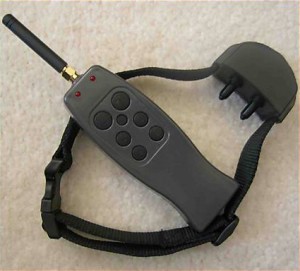A dog can be a great pet for people of all ages. A child can gain a new best friend that may help teach them about responsibility and unconditional love. Parents may want a great hunting dog or a pet to be an alert dog for their urban home. A widow may want a companion that will always be there for her. For whatever reason people get a dog, they will easily see the dog’s charms. At first, your pet may also have some bad habits unless they are previously trained. Consider teaching your pet with a training collar, treats, or even clicker training to combat these common issues in young dogs:
- Chewing objects that aren’t edible, like shoes or books
- Having an accident on the rug
- Try to sneak food off the dining table
- Barking too much
- Not responding when the owner calls
Consistency is Job Number One
A simple reward system will get dog owners started toward teaching a dog what they want it to know. The handler gives a verbal command in a calm tone of voice, and when the dog follows the command, it gets a treat. It’s simple, but when the treats aren’t there, dogs can mysteriously forget how to behave. By working with a dog regularly, however, it should not be too difficult to get your pup to follow basic commands:
- Sit
- Stay
- Lie down
- Heel
Going beyond the basic commands is where technology like electronic collars may be most beneficial. The electrical stimulation sends a very clear physical message to the dog which gives it an incentive to remember and obey the handler’s commands.
Basic Operation of the Electronic Training Collar
An electronic training collar basically consists of two components: the transmitter and the receiver. The owner or handler can carry the handheld, battery-powered transmitter, while the receiver fits on the dog’s collar. There are a few ways the electronic training system can help support the dog’s training. First, it gives a vibration, functioning like a pager, before a corrective stimulation is sent. This is like a reminder to the dog. If that doesn’t work, then a brief corrective impulse is sent. For truly stubborn dogs, or in really complex situations, the handler can also apply a continual stimulation until the dog obeys the command and responds appropriately. A combination of those techniques may be the best approach.
Customize a Training Collar for Best Results
Pet owners can customize an electronic training collar so it works better for a particular pup. A Chihuahua probably doesn’t need the same stimulation as a Great Dane. Likewise, how well a dog responds will likely dictate whether the handler use the continual mode of applying stimulation. When people are not sure about purchasing the systems, they may want to consider these concepts:
- Different output units are available
- The training collar can have many different stimulation levels
- The transmitter LCD panel can be read in the dark so you know it’s on the right stimulation level
Some trial and error may be necessary when getting started with the e-collar. Handlers should start with less stimulation and gradually work up to the level that gets a response from the dog. When they get accustomed to the system, they can go out in parks and fields knowing that the system has up to a mile range. The freedom to roam with a training collar will encourage dogs to have fun at the same time they learn, making them a fun and well-behaved companion.










